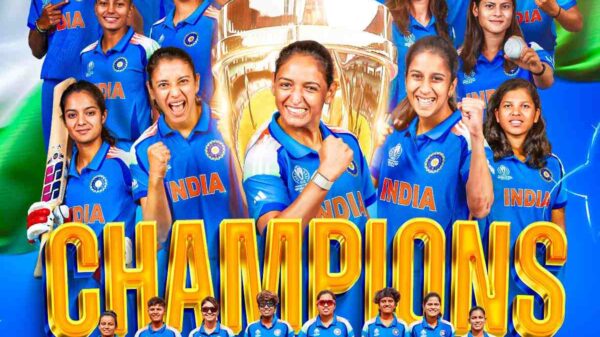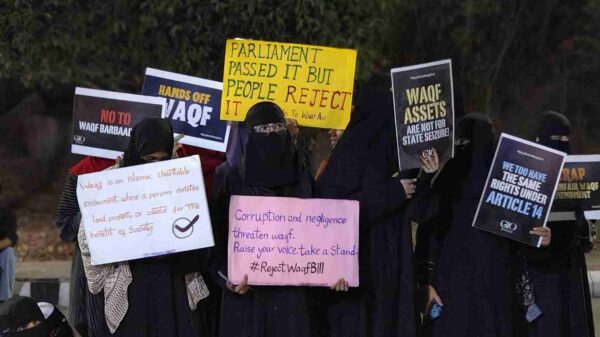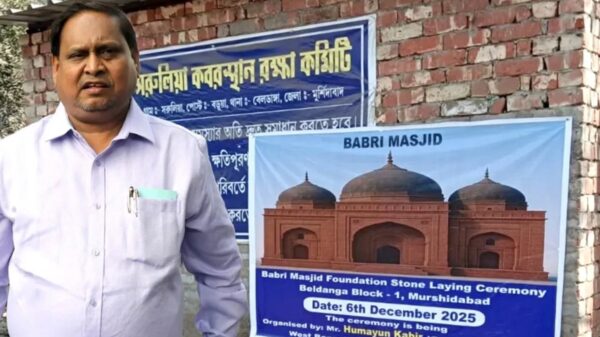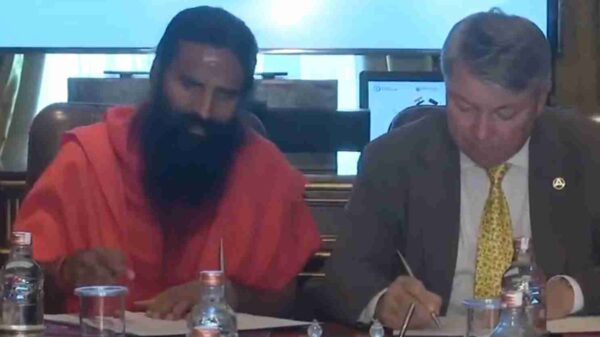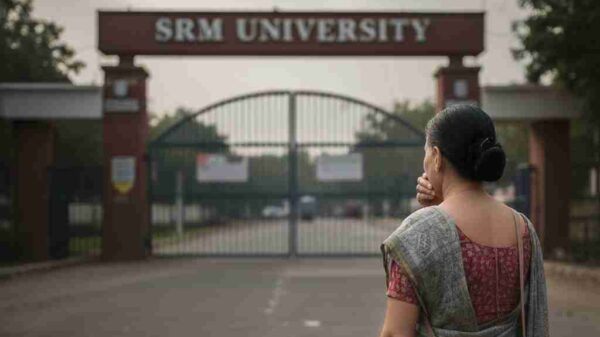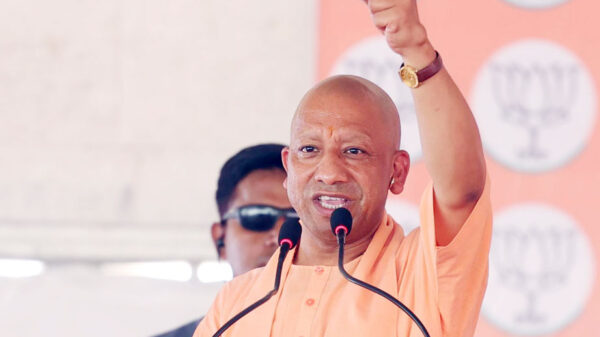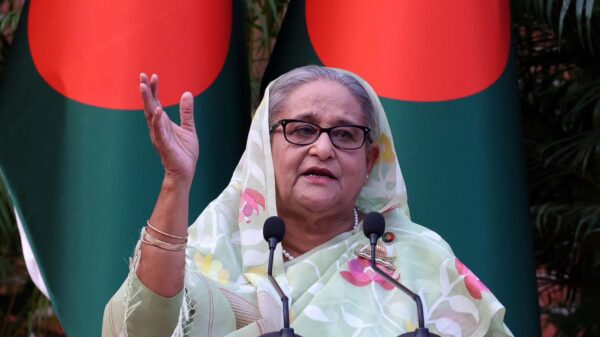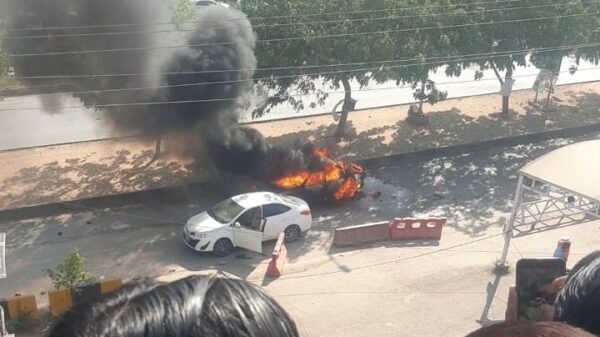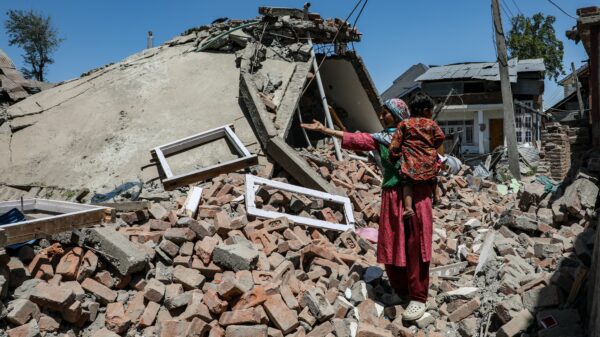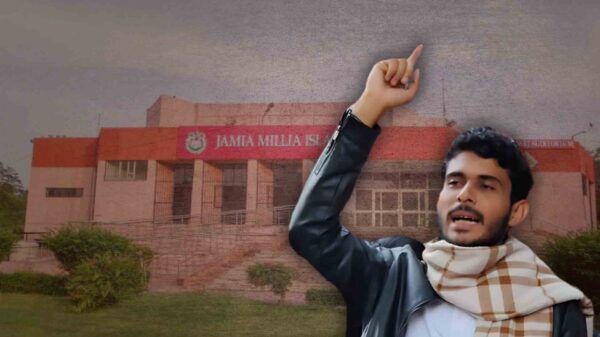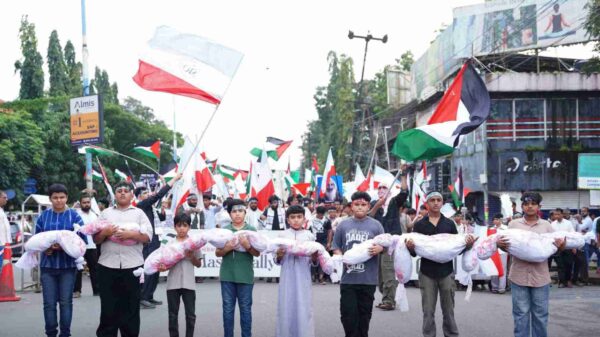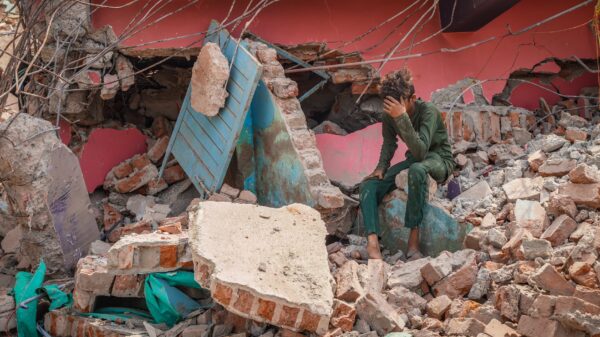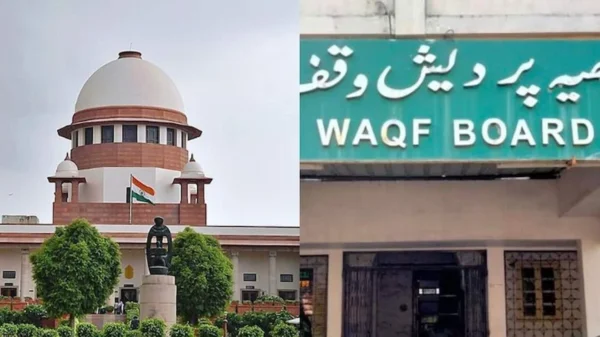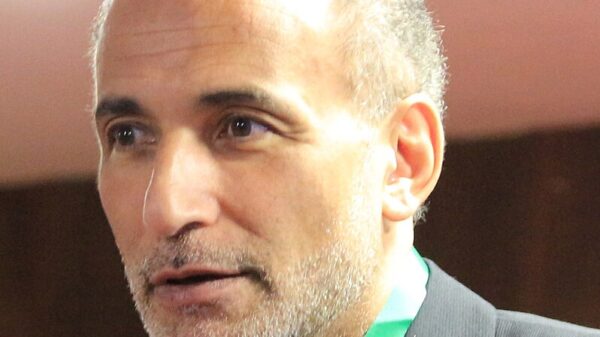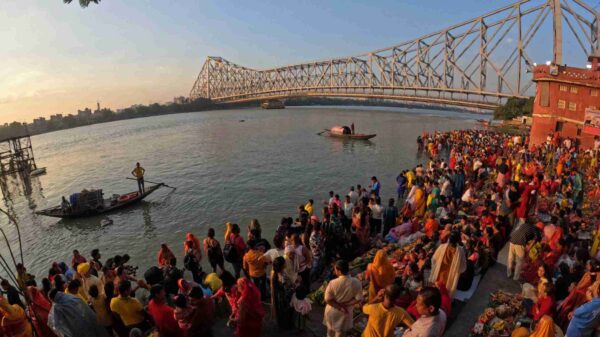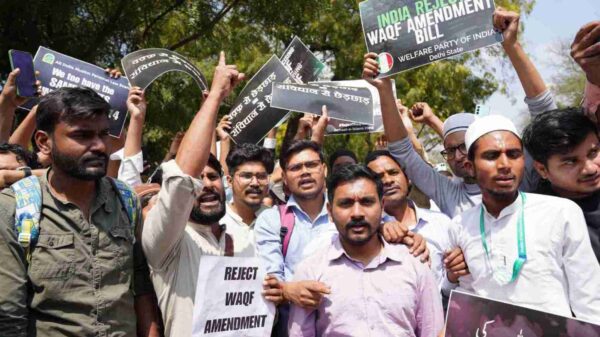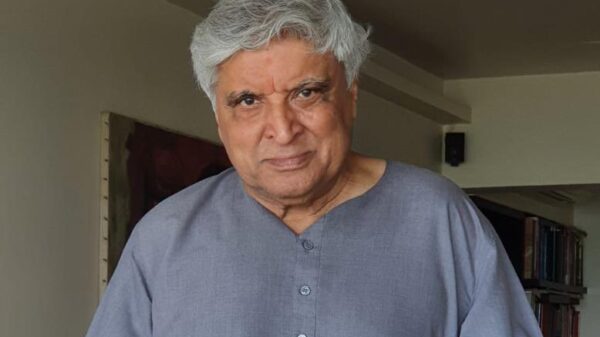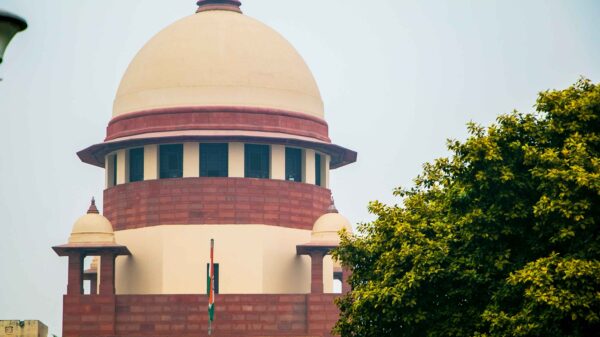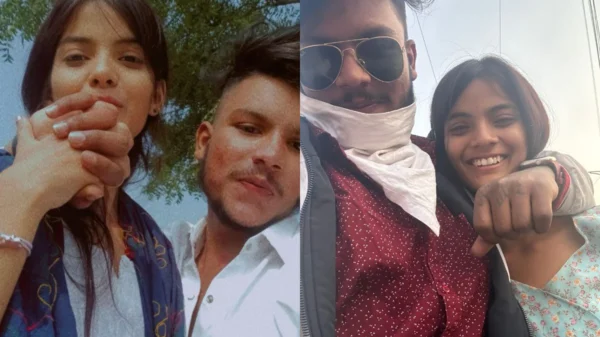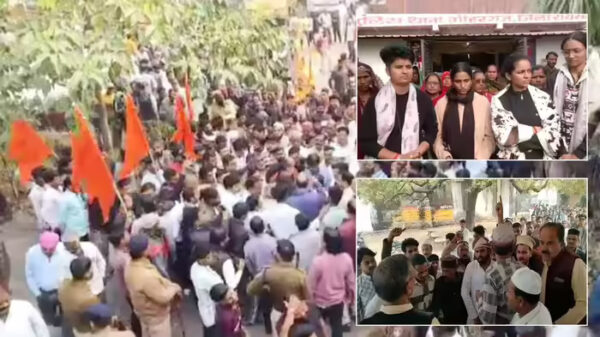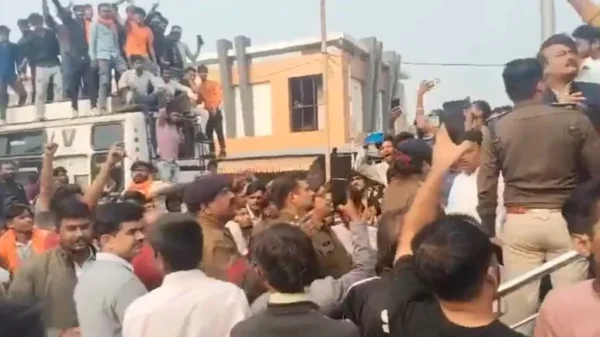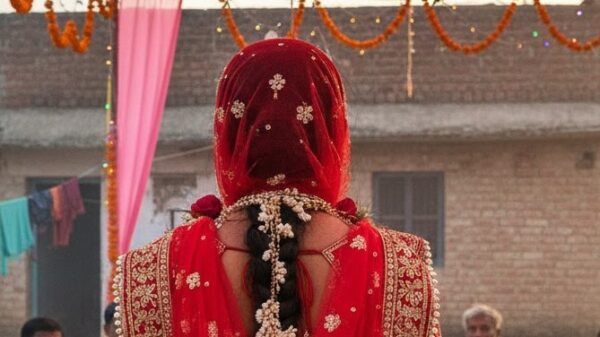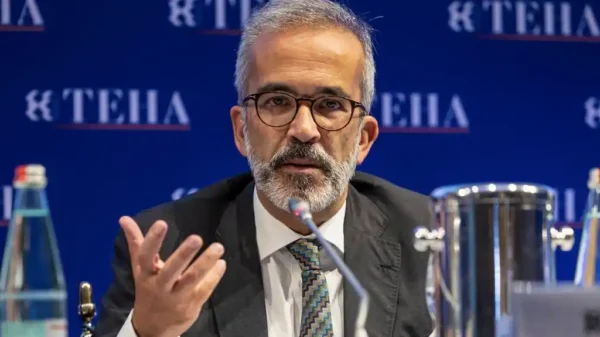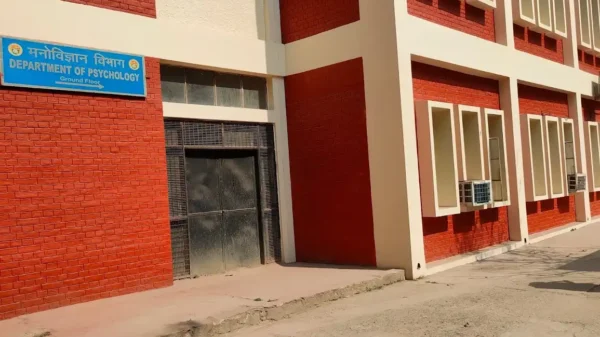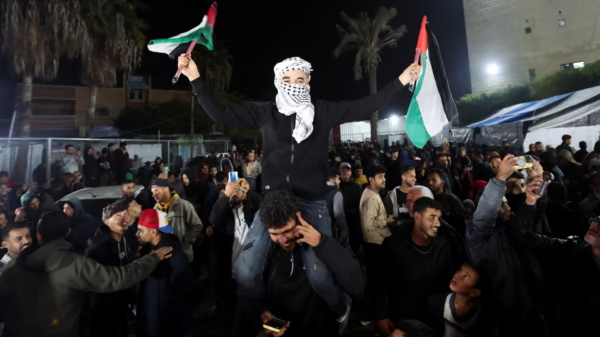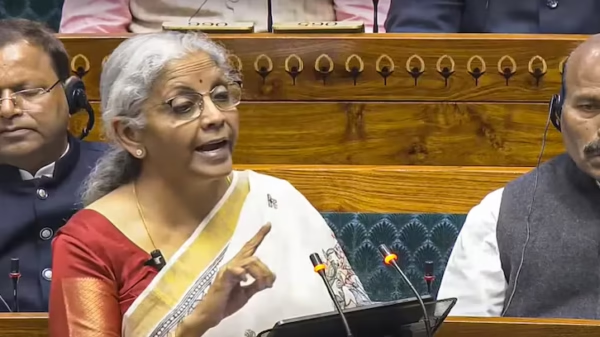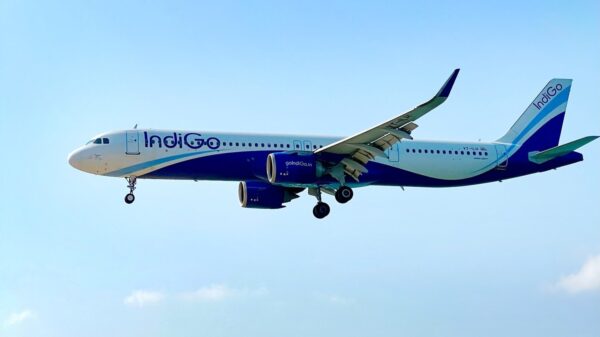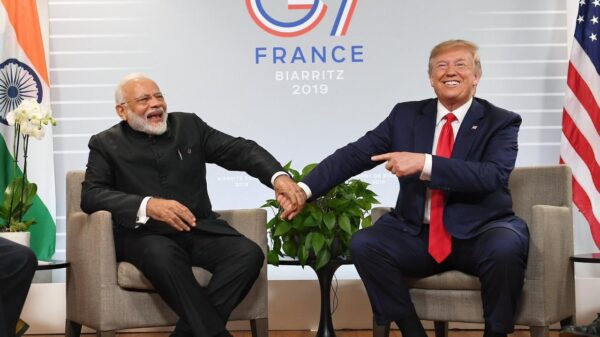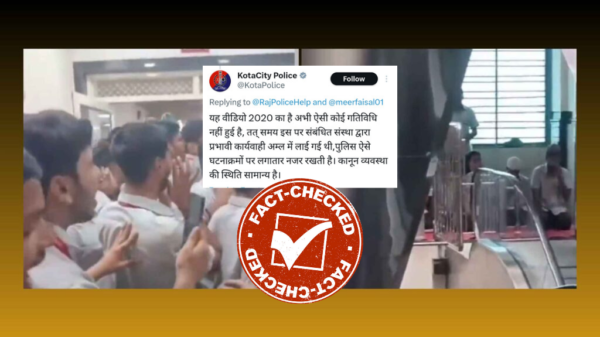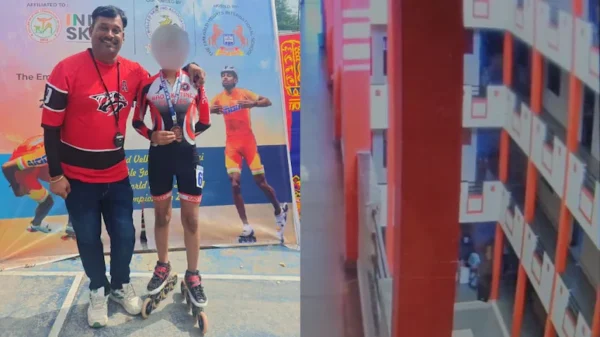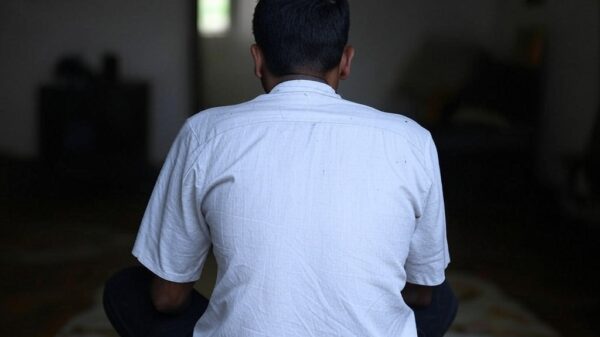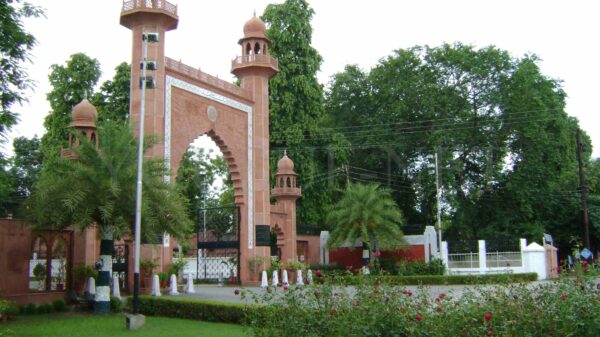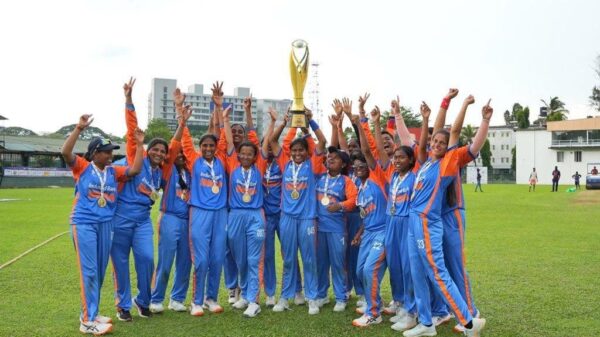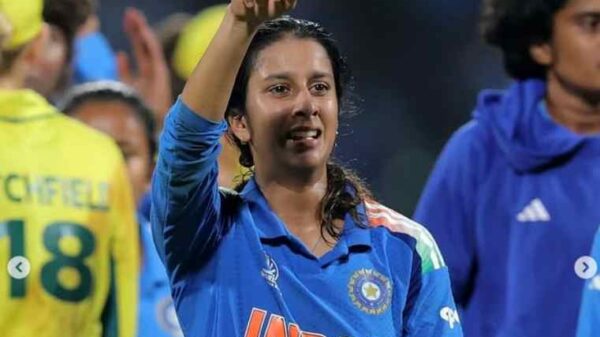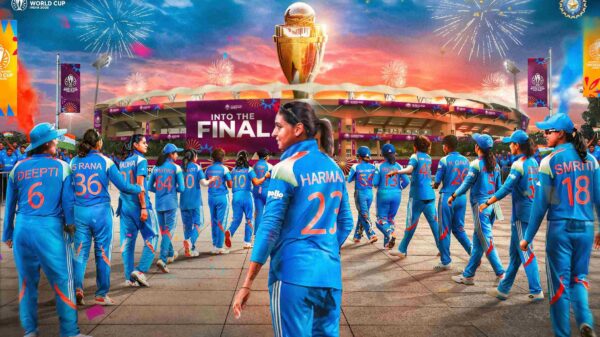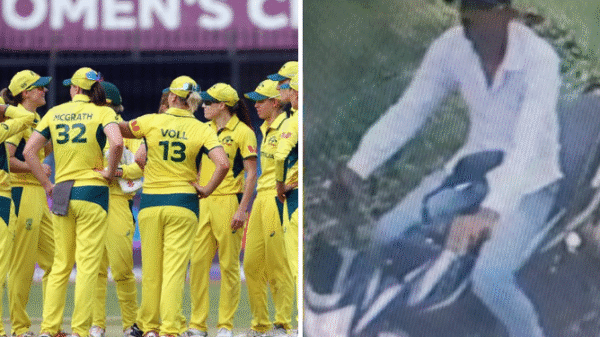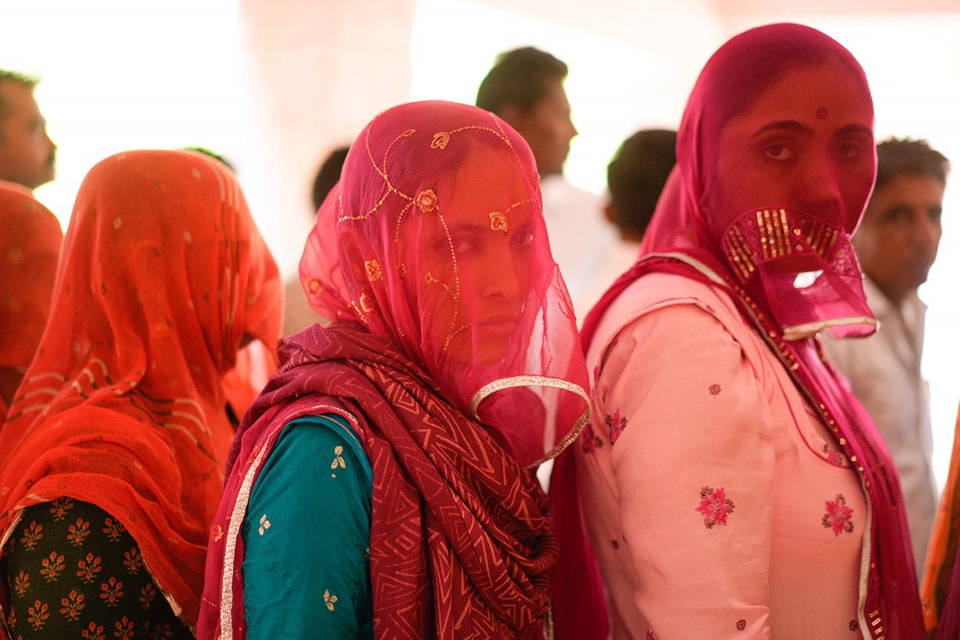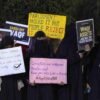Only 8% of the total 1,618 candidates in the first two phases of the Lok Sabha polls 2024 were women, reflecting deeper issues of gender bias according to political activists. This low representation has sparked criticism despite parties promising women’s empowerment.
In Phase 1, there were 135 women candidates while Phase 2 had 100, making a combined total of only 235 women candidates so far. “Political parties should have been more proactive and fielded more women candidates,” said Dr. Sushila Ramaswamy, Associate Professor at Delhi University.
With nearly half of India’s voters being women, their underrepresentation raises questions about barriers hindering full political participation. “Political parties must prioritize gender inclusion and provide adequate support to women aspirants,” said Dr. Iftekhar Ahmad Ansari from Aligarh Muslim University (AMU).
The issue goes beyond just numbers to needing systemic changes in party dynamics according to Farhat Jahan, retired faculty at AMU’s Abdullah Women’s College. “Initiatives like mentorship programs can empower women to pursue leadership roles,” she added.
Prof. Mohammad Aftab Alam from AMU highlighted how women often face challenges in forming independent political opinions. “Even the ones elected are relegated to symbolic roles,” he said.
The BJD is the only party reserving 33% tickets for women candidates. “Reserving seats alone is not enough. We need a cultural shift seeing women as leaders,” said Meera Parida, BJD’s Biju Mahila Dal vice president.
While the BJP and Congress have promised women-centric initiatives, it hasn’t translated into more women candidates yet. “The lack of women candidates reflects deeper gender bias within political systems,” noted Dr. Ramaswamy.

